Permanent Extension of the Section 199A Qualified Business Income Deduction
July 14, 2025
The Section 199A deduction, also known as the Qualified Business Income (QBI) deduction, was originally enacted as part of the 2017 Tax Cuts and Jobs Act (TCJA). It allows non-corporate owners of pass-through entities – including sole proprietorships, partnerships, S-corporations – to deduct up to 20% of their qualified business income, subject to various thresholds and limitations. According to IRS data, more than 90% of U.S. businesses are structured as pass-through entities, making this deduction particularly valuable.
Originally set to expire at the end of 2025 alongside other TCJA provisions, the QBI deduction has now been permanently extended under the newly enacted One Big Beautiful Bill Act (OBBBA). In addition to making the deduction permanent, the OBBBA introduces an inflation-adjusted minimum deduction, ensuring that eligible taxpayers receive at least a baseline benefit each year.
The table below summarizes the key features of the QBI deduction as extended and enhanced under the OBBBA.
Click to return to Larson & Company's One Big Beautiful Bill Act summaries.
|
Feature |
Description |
|
Deduction Amount |
20% of qualified business income (QBI) from a pass-through entity, subject to various limitations (described below). |
|
Minimum Deduction |
A $400 minimum deduction applies for taxpayers who (1) have at least $1,000 of QBI and (2) materially participate in the business. This minimum is indexed annually for inflation. |
|
Eligible Entities |
Available to non-corporate owners of pass-through entities - including sole proprietorships, partnerships, and S-corporations. |
|
Specified Service Trade or Businesses (SSTBs) |
SSTBs face stricter income limitations. Examples of SSTBs include businesses in health, law, accounting, consulting, athletics, financial services, and performing arts – businesses that depend largely on the reputation or skill of their owner or employees. |
|
Income Thresholds and Wage/Asset Limitations |
Income below $364,200 ($182,100 for single taxpayers) · No wage, asset, or income limitations apply; full 20% QBI deduction available Income Between $364,200 and $464,200 ($182,100 - $232,100 for single taxpayers) · All businesses: Deduction is limited to the greater of (a) 50% of W-2 wages paid by the business, or (b) 25% of W-2 wages plus 2.5% of the unadjusted basis of qualified property. These wage and asset limitations phase in gradually over the income range, reducing the deduction until fully applied at the upper threshold. · SSTBs: The overall QBI deduction phases out proportionately to zero, while wage and asset limitations also apply to the remaining deductible amount. Both limits work together to eliminate the deduction by the top of the range. Income Over $464,200 ($232,100 for single taxpayers) · Non-SSTBs: The 20% QBI deduction remains available but is fully subject to the wage and asset limitations described above. · SSTBs: No QBI deduction is allowed. |
|
Final Limitation – Overall Taxable Income |
After applying the wage, asset, and income limitations above, the QBI deduction is further capped at the lesser of: (1) 20% of the QBI remaining after the limitations discussed above, or (2) 20% of the taxpayer’s overall taxable income before subtracting the QBI deduction and excluding net capital gains This ensures the deduction cannot exceed a taxpayer’s ordinary income level. |
|
Aggregation Rules |
Taxpayers who own multiple qualified businesses can elect to combine them for the QBI deduction, allowing wage and property limitations to be calculated and applied on an aggregate basis, which may increase the overall deduction. To qualify for aggregation, the businesses must meet specific criteria, such as offering related services or products, having common ownership, and operating in the same trade or business. |

Craig is a Tax Partner at Larson & Company. He specializes in tax planning and preparation for individuals, small-to-medium sized businesses, and captive insurance companies.
LinkedIn

.png)



